How to prepare outdoors food?
Outdoor activities, such as hiking, camping, and mountaineering, are exhausting for humans, so we need to replenish food in time to provide energy for our bodies. So what kind of food should we pack for our outdoor activities? Reasonable food preparation and distribution is important for outdoor activities.

What kind of oudoors food to bring?
- Food with High Heat dense -- The same amount of heat, lighter weight
- Food which To feel full, make the human body more comfortable
- Food which makes the body absorbs quickly
The six essential nutrients
Carbohydrates, protein, fat, vitamins, minerals, and water are the six essential nutrients needed to keep the body functioning properly.
The six nutrients, carbohydrates provide energy more directly and quickly than protein and fat and are easy to digest. So the primary supplement is carbohydrates, mainly from grain foods. 100 grams of dry grains can provide 300-350 calories. 200g per day, i.e. 100g rice/noodles per meal (morning and evening). 100 grams of rice (half a bowl) can make a bowl and a half of rice.
Dried fruits
Dried fruits are high in oil and much higher in calorie density than grains, making them ideal for snacking (resting) at 50-100g per day. Calories per 100g: 670 calories for pine nuts, 620 calories for walnuts, 600 calories for hazelnuts, 600 calories for sunflower nuts, 590 calories for cashews, 580 calories for peanuts, 520 calories for almonds, and 350 calories for chestnuts.
Dried fruits are high in sugar and have almost the same amount of calories as grains. They are also suitable as snacks, 50-100g per day. Dried dates 350 calories, raisins 340 calories, dried fruit 330 calories.
High protein
High protein items include beef jerky 550 calories, powdered milk 480 calories, pork floss 440 calories, soy milk 420 calories, dried fish 300 calories, and dried shrimp 250 calories. 100g a day (at lunch).
Dried fish and shrimp have low calorific value because they contain little fat and are almost all protein.
High in dietary fiber calories, dehydrated vegetables are recommended for 44 calories of dried kelp, 23 calories of dried seaweed, and 20 calories of dried green vegetables. These are all soaked in boiling water and can be eaten.
Ex. One day meal
- Breakfast: 4 sashimi (200g) 648 calories, 50g black sesame paste 200 calories
- Lunch: 100g beef jerky 550 calories, 100g flatbread 295 calories
- Dinner: 150g rice 525 calories, 100g beef 550 calories, 200g vegetables 50 calories
- Snacks: 100g raisins 276 calories, 100g chocolate 586 calories.
- Total calories: 3,630
We can pack more high-calorie and light-weight foods like chocolate zipped cookies and raisins!

How much food do you take?
It has been calculated that the maximum number of calories a person can burn per day during hiking is about 4,000 calories, beyond which extreme fatigue and physical strength cannot be easily recovered. Therefore, in outdoor hiking activities, we should reasonably arrange the intensity and time of daily travel, so that after a night's rest, the body can quickly recover to a good state, and then continue the next day's journey.
So depending on the number of days and the length of the trip, determine how many calories we should carry! We should make a food distribution list for the trip in advance!
How to eat outdoors food?
How many meals should you eat during hiking? How often should you eat meals?
We should eat fewer but more meals to maintain a steady energy supply and avoid the stomach fullness caused. A few dried fruits, biscuits, a banana during ways.
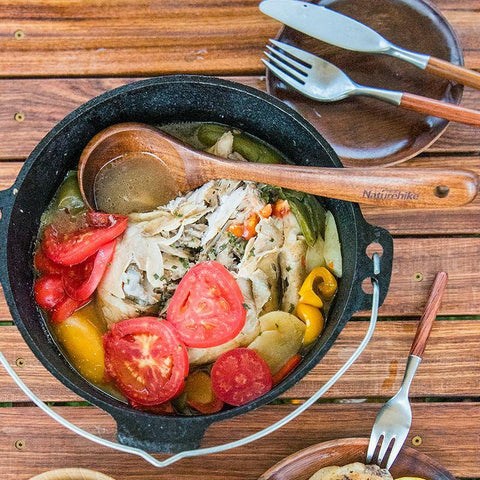
What are the carbohydrates in outdoors food?
Rice, bread (including Chinese noodles), potatoes, bananas, and so on are rich in complex carbohydrates. Candy, glucose powder, glucose, or other sugary drinks are rich in simple carbohydrates.
Which carbohydrates are good for us when we travel outdoors?
Simple carbohydrates, such as glucose drinks, are easy to ingest and can be absorbed quickly. Therefore, it can inject energy into the body quickly. However, after the rapid absorption of glucose, the human body may be stimulated and secreted too much insulin, resulting in reactive hypoglycemia. As a result, people who were hoping to boost their energy levels with a glucose drink may instead experience a drop in blood sugar and energy levels.
One way to prevent reactive hypoglycemia is to eat large amounts of simple carbohydrates very frequently. However, this approach is not healthy. Another way is to eat a mixture of simple and complex carbohydrates. When the body is low on energy, sometimes it's ok to eat candy or drink glucose drinks, but then you should eat food such as rice, pasta, or bread.
In addition to carbohydrates, what other foods can we eat in outdoors food?
Fatty or fatty foods should be avoided
Fat is a slow release of energy, not enough to meet the needs of a trail walker. What's more, when fat and other food are present in the stomach at the same time, the digestion process slows down and the rate of absorption of food slows down accordingly.
No matter what we eat, if it is not absorbed by the body, we cannot use its energy. Fat trapped in the stomach along with other foods can give us an uncomfortable feeling of fullness.
Some start climbing mountains after a big meal and vomiting during climbing. As for protein (meat, etc.), while it adds flavor to the food, it doesn't help maintain the hiker's energy balance. It also slows down digestion in the stomach, though not as much as fat. Therefore, eat little or no meat at all during outdoor hiking and so on.

6 advice for outdoors food
- Don't overeat
- Balance water and salt
- Try not to drink ice water
- Don't eat too much meat
- Light, do not eat spicy food
Don't overeat
When in outdoors, it is not recommended to eat too much, especially during lunch. Eating too much will not only bring a burden to the stomach but also easily make people feel tired, so your exercise state is not good. It is recommended to be 80% full.
Rest after the meal, do not immediately continue the trip.
Exercise immediately after a meal is not only bad for the intestines and stomach but also easy to cause side stitches. You can stay in place for a while and wait for digestion to continue.
Balance water and salt
It is important to balance water and salt in the open air. During outdoor exercise, especially in the summer, the body releases a lot of sweat and electrolytes, which can easily cause muscle cramps.
Salt in moderation can help replenish the body's electrolytes. But also pay attention to the right amount, too much salt, will cause thirst, drinking water consumption too fast, increase the burden of the heart, kidney, stomach.

Try not to drink ice water
Drinking ice water immediately after outdoor activities can irritate the stomach and intestines and cause indigestion. In the wild environment, any physical discomfort can be a risk, so don't drink ice water immediately after strenuous activities, even if you are intolerably hot!
Don't eat too much meat
No matter when to eat in outdoor sports, it is not appropriate to eat too much meat. After exercise, the body will produce a lot of lactic acids, resulting in a sense of fatigue. Eating too much meat is not easy to relieve the sense of fatigue, but will aggravate the degree of body pain.
Some start climbing mountains after a big meal and vomiting during climbing. As for protein (meat, etc.), while it adds flavor to the food, it doesn't help maintain the hiker's energy balance. It also slows down digestion in the stomach, though not as much as fat. Therefore, eat little or no meat at all during outdoor hiking and so on.
Protein should be added first, and meat should be added after a period of rest! Add vegetables, fruits, and nuts to neutralize the acid.

Do not eat spicy outdoors food
Excitant strong food also can cause burden to intestines and stomach, cause unwellness. When it comes to eating outdoors, nutrition, energy, and portability are the primary considerations.
Summmrize
So this article help you to know how to choose and bring outdoors food. Prepare right outdoors food may not only save time, but also increase your outdoors experience.
Related Articles
Tips for Backpacking in the Rain



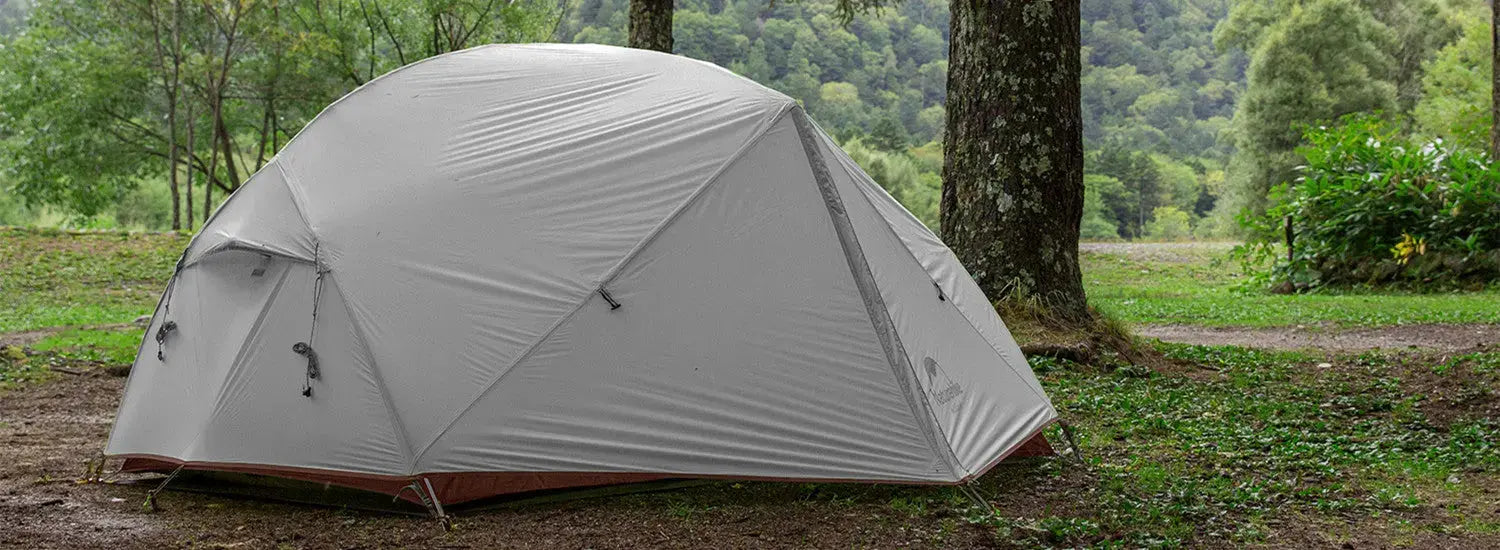
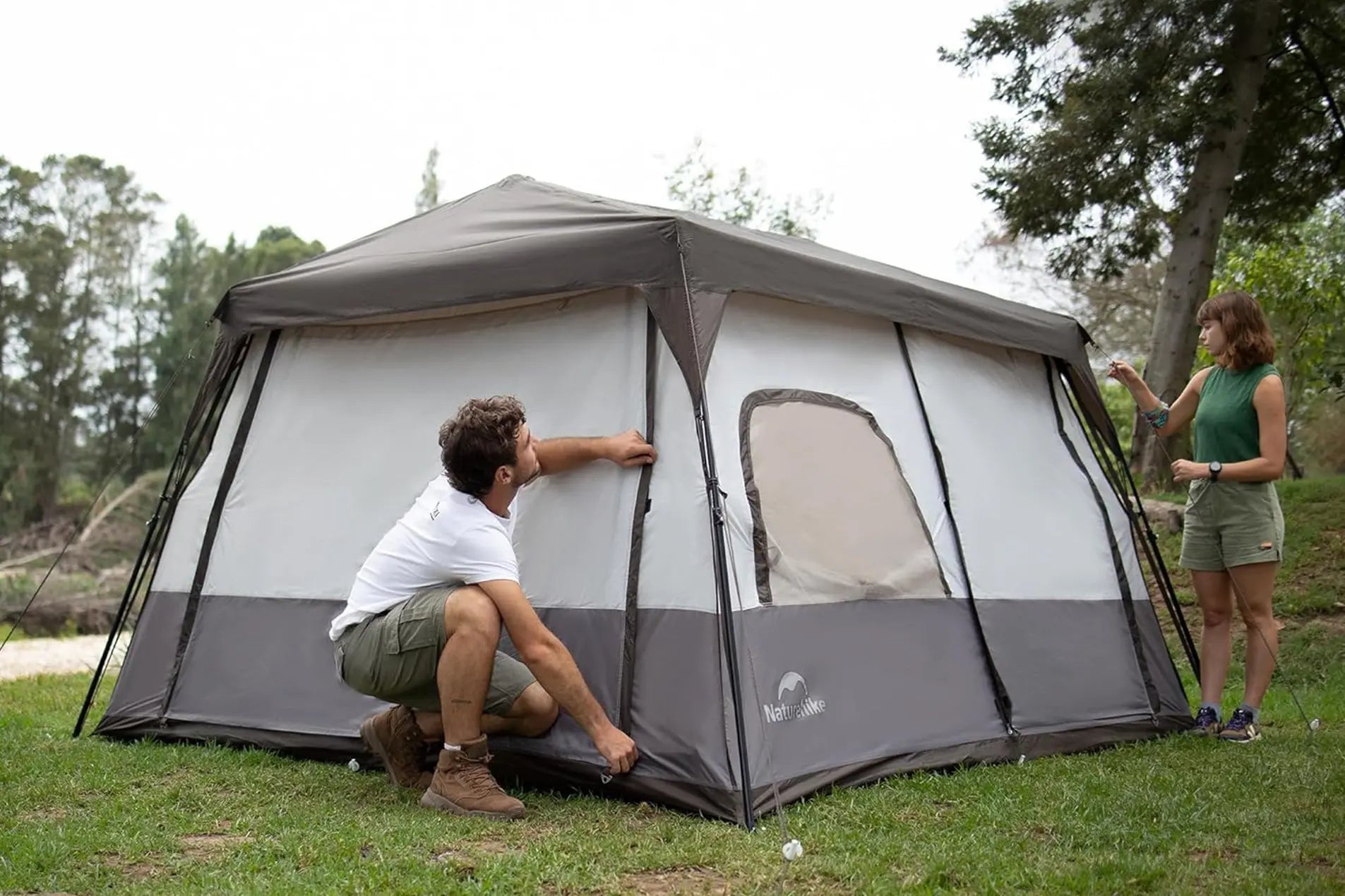
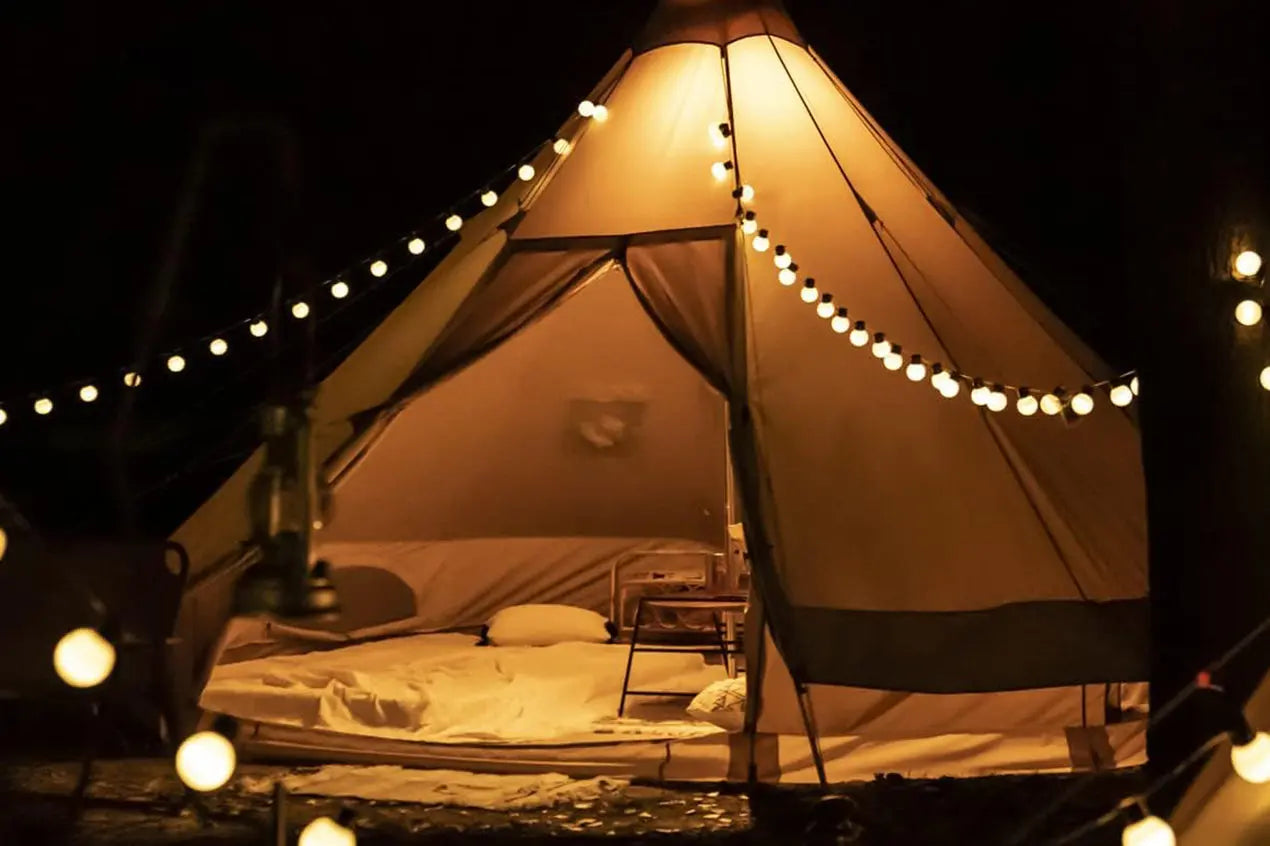
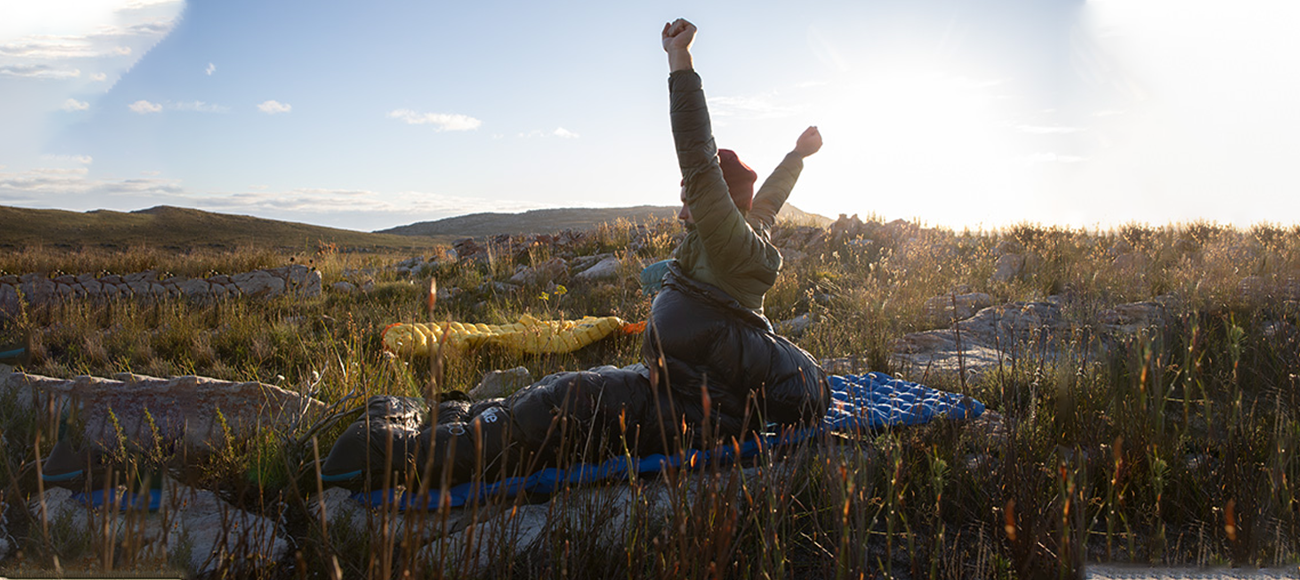

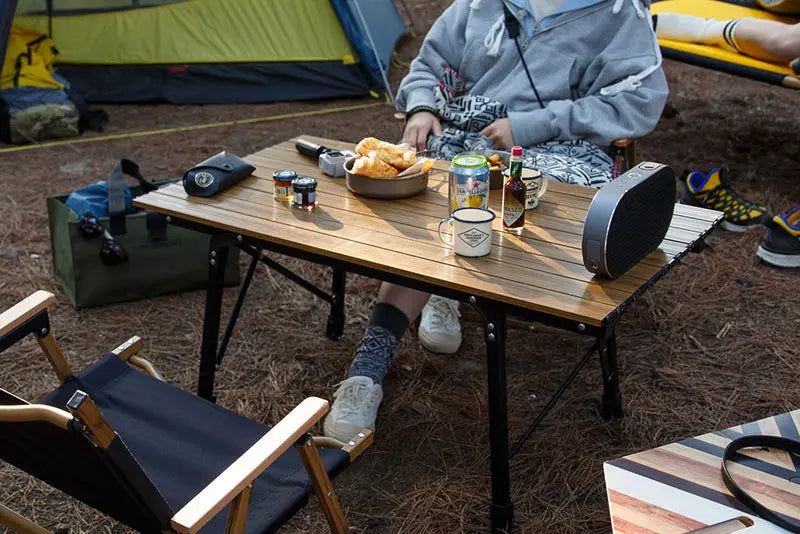

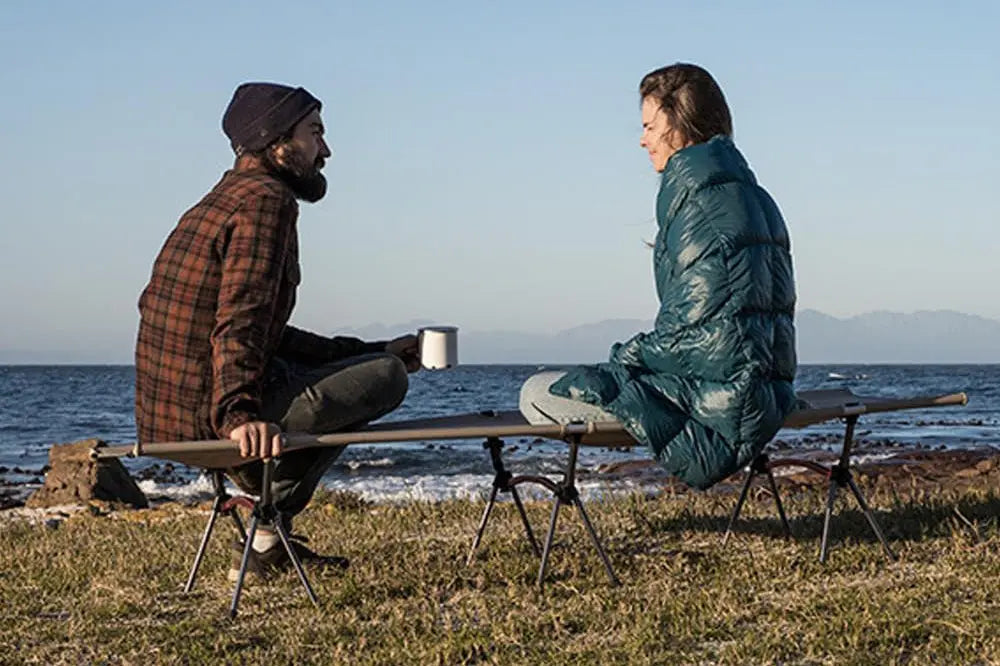
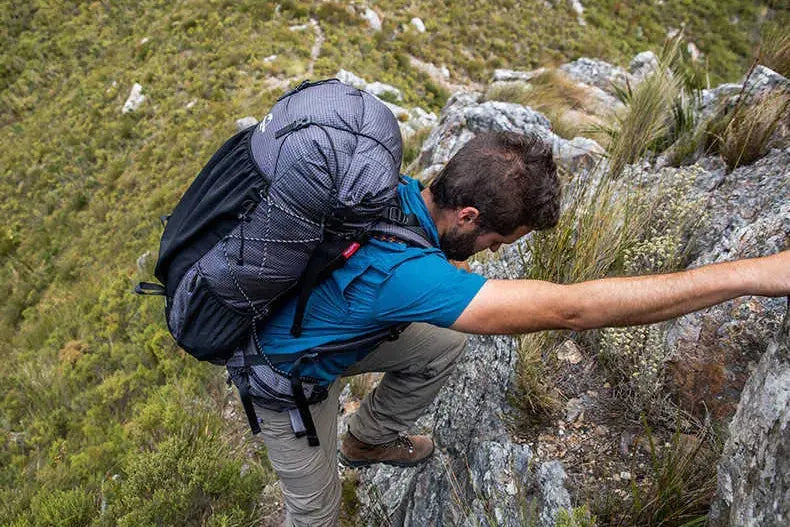


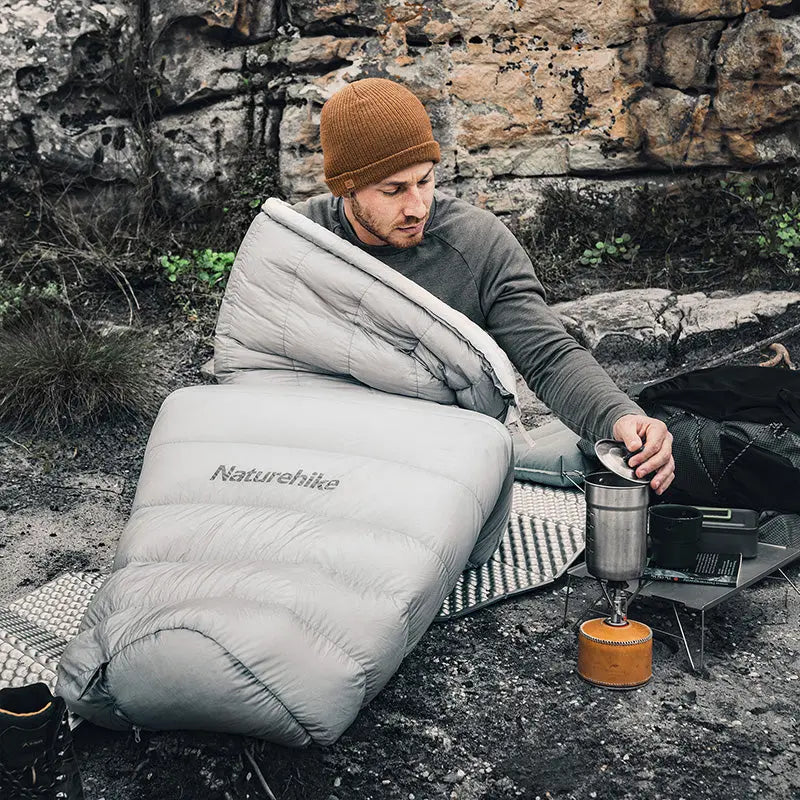

Leave a comment